Everyone!
In the immortal words of Captain Ron, “If it’s going to happen, it’s going to happen out there….”
Mother Ocean (Lake or River) can be formidable opponents. It’s just good common sense to let someone know where you’re going and when you plan to return … whether you’re in a 9′ kayak or a cruising boat. We always file a float plan for any sail longer than across Charlotte Harbor and more formally if we’re planning overnight or multi-overnight passages. For more information, click here to access Float Planning Info from the US Coast Guard.
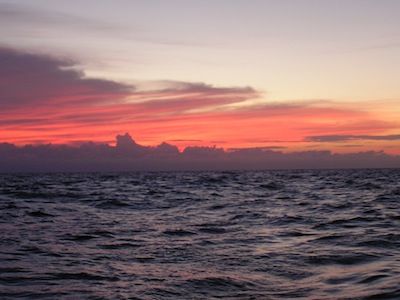
As cruisers, we take pride in the responsibility for our own well being “out there”, especially when cruising outside US coastal waters. A well-defined action oriented Float Plan increases chances of quick contact just in the rare case things go awry beyond our ability to handle. A “Float Plan” takes advance preparation and some think it is borderline anal, but the peace of mind it provides is well worth the trouble and can save a lot of anguish.
If you want to skip my narrative & info: Download a FREE PDF of a Sample Float Plan here.
Many times in my experience as a Northwest Caribbean SSB Net Controller, a boat is unaccounted for and no one knows who to contact or what steps to take next. In the six years we cruised the Western Caribbean, the Northwest Caribbean Net coordinated and facilitated rescue for at least two different disabled boats, one in the South Pacific!
A perfect example is two boats sailing south from Isla Mujeres to San Pedro, Belize. Boat #1 has only VHF contact, no SSB or e-mail. Boat #2 is checking in with the NW Caribbean net daily. The boats get too far apart for VHF contact and the weather deteriorates. Boat #1 decides to duck into a sheltered bay to wait for better weather. Northers keep them pinned for over a week during which time, Boat #2 has arrived in San Pedro, Belize and after another day, puts out a “health and welfare” on the net for Boat #1. Cruisers are well aware that the two bays that perhaps offered shelter to Boat #1 were difficult. Reefs outside one of the bays had already claimed one boat. Concern builds and cruisers alert the US Coast Guard, the Mexican Navy and attempt to reach land contacts living in the remote area. A week later, with good weather and totally unaware of all of the hubbub, Boat #1 sails into San Pedro, Belize, to the relief of everyone. The entire situation could have been avoided if the buddy boats had thought in advance to alert each other to the possibility.
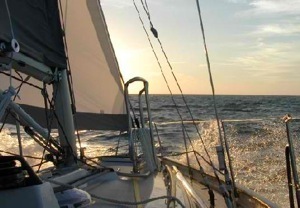
Plan to file a Float Plan whenever you go anywhere “of distance” with the specifics for that particular passage. For us that means anytime we’ll be sailing more than an overnight, but each cruiser’s definition is different. And don’t forget to more informally let someone know if you set out on a half day kayak adventure or similar day on the water!
The first step in developing a good float plan is to select a responsible individual, preferably in the same geographic area that has access to e-mail and an SSB radio (Primary Contact). If you don’t have e-mail or SSB access aboard, check with your buddy boats to see if one of them would be willing to be your liason, at least for relaying safe arrival information. The Primary Contact will be the person designated to instigate any search and rescue or boat alerts, so pick someone level-headed that you trust.
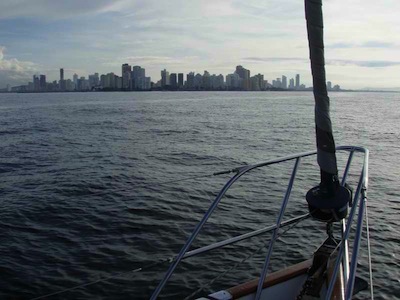
Provide your float plan to your Primary Contact and your EPIRB emergency contacts. A recommended Float Plan is included below. Make sure your Primary Contact and EPIRB emergency contacts know how to contact each other.
SAMPLE FLOAT PLAN
PRIMARY CONTACT INFO:
VESSEL INFORMATION
- Boat Name:
- Home Port:
- Document/Registration:
- Type of Boat:
- Make and Year:
- Length:
- Draft:
- Number of Masts:
- Dodger Color:
- Hull Color:
- Deck Color:
- Other Identifying Features: Here we include solar panels on side, wind generator, radar astern on arch, monitor windvane … anything that could help identify your boat.
COMMUNICATION AND SAFETY EQUIPMENT
- VHF channel monitored:
- SSB Transceiver: Yes/No Call Sign: Ham License Call Sign:
- Other Communications: for us, Iridium and also if you keep it on, we don’t and how to call it.
- Cell Phone
- Onboard E-Mail Address
- Land E-Mail Address
- Life Raft Information:
- Dinghy Information:
- Life Vests:
- EPIRB: registration number and manufacturer
- Flares:
PERSONS ON BOARD
- Name, Nationality, Age, M/F, Passport Number, General Health Conditions for each person aboar
TRAVEL PLANS
- Point of Departure Date/Estimated Time
- Destination Date/Estimated Time
- Any Planned Stops Y/N Where
- Other Potential Stops for Bad Weather
- Name(s) of Companion Boats
UNDERWAY CHECK IN PLANS
- Here’s where you list your planned check in plans … our example: “We will check in with the Northwest Caribbean Net daily at 14:00 UTC and 23:45 UTC”
- Will you check in with other boats daily? Who?
- Special Instructions: As an example, when we sailed from Isla Mujeres to Punta Gorda, FL, our special instructions were:
“We will send a position report every 6 hours +/- (6 am, 12 noon, 6 pm, 12 midnight) and will e-mail you if at any point our plans or destination change and upon our arrival at our destination.
- Other Plans for Communication: again, our example: “If our SSB radio will not send position reports due to malfunction (we had a bad clipping problem at the time), we will call our daughter on the Iridium satellite phone (our Primary Contact was cruising and had no phone contact). She will e-mail our Primary Contact immediately to keep the contact intact.”
MISSED CHECKIN AND PLAN OF ACTION
This is the really important part. So many times a boat is out of contact and no one knows if they’re missing or what has happened and no one has any idea of the correct course of action. This is our example, you can write your own instructions.
- If we miss TWO (2) consecutive position reports, assume that something has gone wrong and assume the worst.
- Take the following action: Please e-mail all the following persons and request that they check the SSB net to see if any of them have info on our situation:
(we listed three different boat contacts with strong SSB radios)
If no info is forthcoming, contact the US Coast Guard and the emergency contacts listed below:
- Name, relationship, telephone number, e-mail address
- Anything else that you can think of that could be helpful to know about you or your vessel on passage.
BE SURE TO CLOSE YOUR FLOAT PLAN UPON SAFE ARRIVAL AT YOUR DESTINATION! Please make sure your Primary Contact knows you’ve arrived safely. Sometimes it is so easy in the excitement of a new landfall to forget this important step, but don’t leave friends and family worrying about your safety! And if, you opt not to formalize the process, but just check into a net daily as a boat underway, PLEASE make sure to alert someone on the net that you’ve arrived safely.
Anyone with more information on Float Plans and how they can be most effectively utilized? Please leave a comment and share! Be SAFE out there! Jan

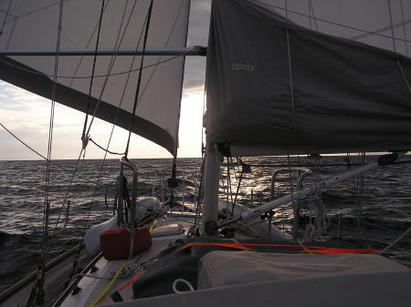
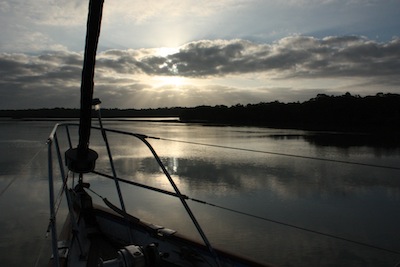


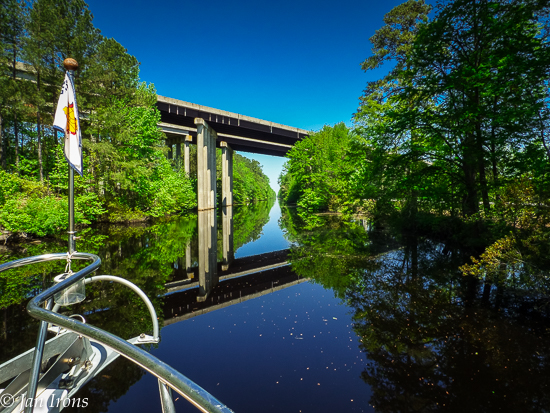







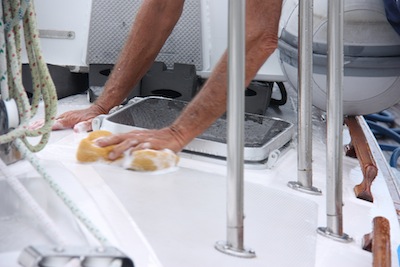
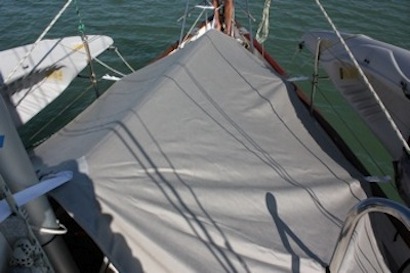
floatplan.com has a interesting online float plan program worth checking out. We haven’t used it yet since we’re just leaving for the coast in 2 weeks, but plan on trying it out.
Deb
S/V Kintala
http://www.theretirementproject.blogspot.com
[…] of the procedure, click here to download the US Coast Guard PDF Float Plan or here to see a prior Commuter Cruiser post on Float Plans. The nice thing about downloading the US Coast Guard PDF , filling it out & e-mailing it to your […]